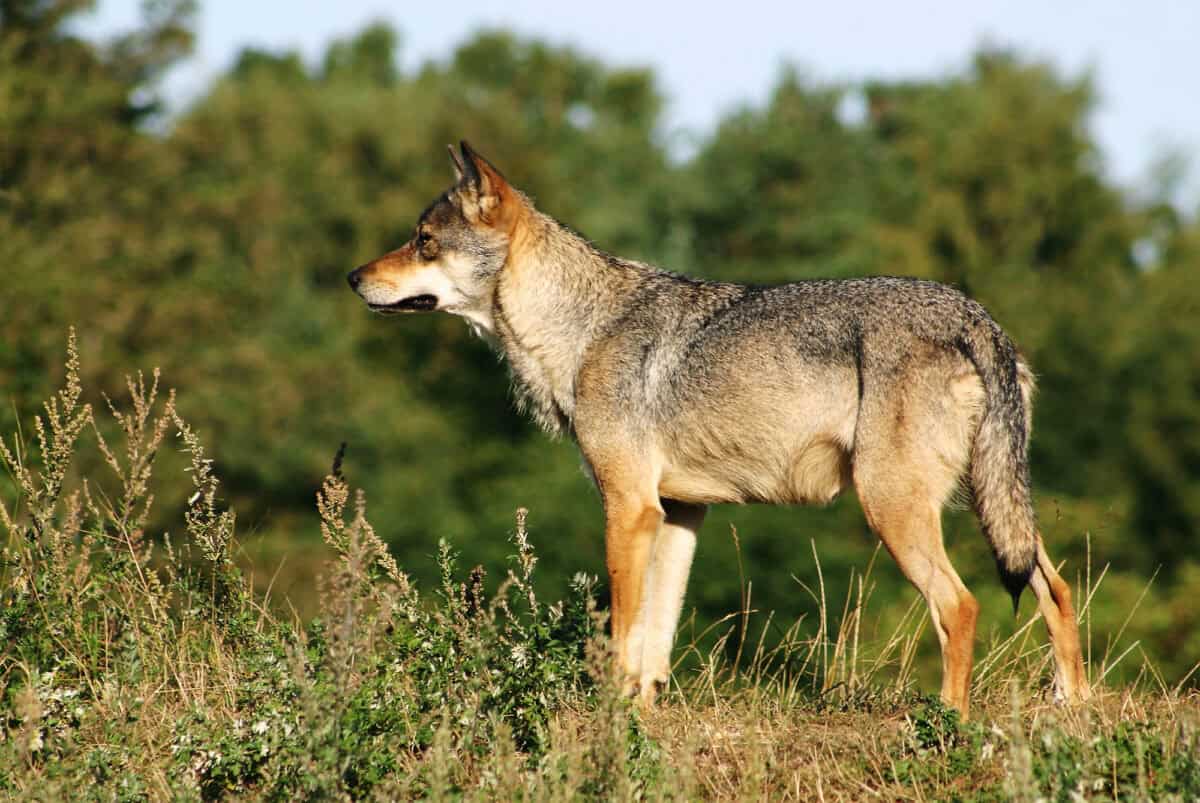Wolves have fascinated humans for millennia with their complex social structures and behaviors that mirror our own in surprising ways. At the heart of wolf society lies the pack—a tightly bonded family unit held together by intricate relationships built on loyalty and trust. These magnificent predators, often misunderstood as merely fierce hunters, actually display some of the animal kingdom’s most sophisticated social dynamics. Their loyalty to packmates can be unwavering and touching, while their response to perceived betrayal can be swift and definitive. Understanding how wolves demonstrate loyalty and recognize betrayal offers us a window into their remarkable cognitive abilities and emotional lives, while perhaps reflecting something about our own social structures as well.
The Foundation of Wolf Pack Loyalty
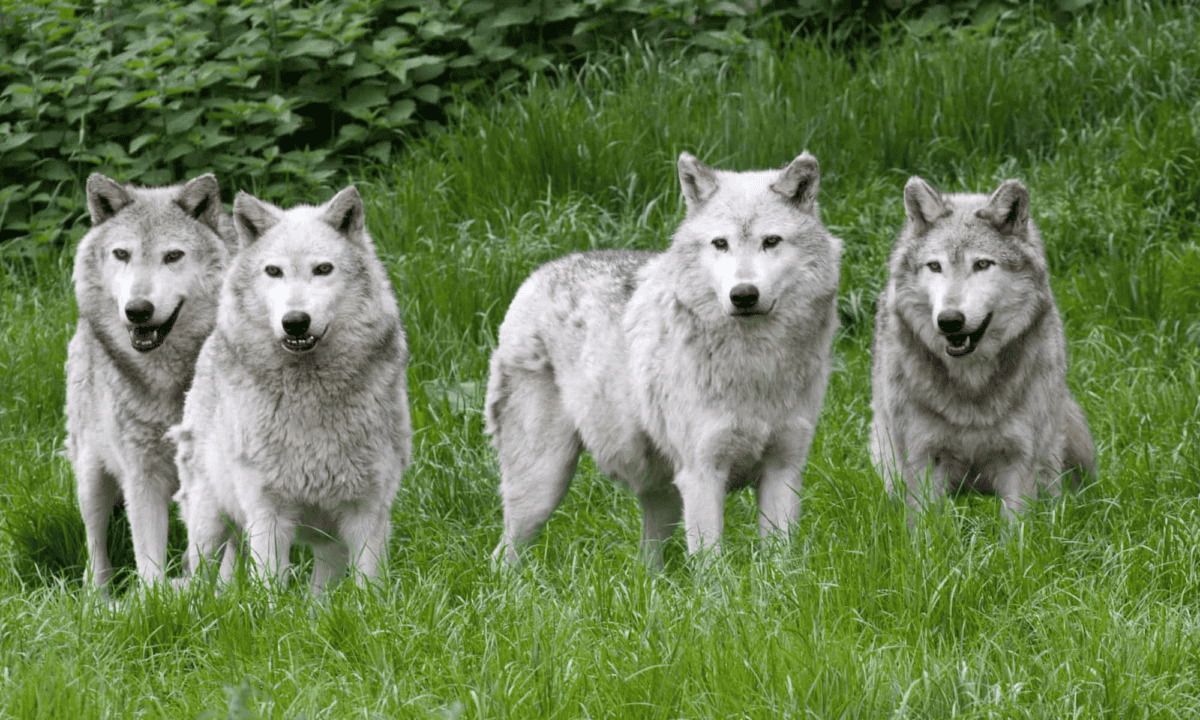
Wolf packs function primarily as family units, typically consisting of a breeding pair (the alpha male and female) and their offspring from various years. Unlike the outdated view that packs are constantly locked in dominance battles, research by leading wolf biologists like L. David Mech has shown that wolf packs operate more like human families, with parents guiding their young. This family structure forms the foundation for the intense loyalty observed in wolves.
The pack’s survival depends on cooperation and mutual support, creating a natural selection pressure that favors loyal behaviors. Wolves that work together to hunt, defend territory, and raise young have better survival rates than lone wolves, which typically have shorter lifespans. This evolutionary advantage has reinforced loyalty behaviors over thousands of generations, making them deeply ingrained in wolf psychology and social dynamics.
10. Lifelong Pair Bonding

One of the most profound demonstrations of wolf loyalty is their tendency toward lifelong monogamy. Unlike many mammals, wolves typically mate for life, forming strong bonds that can last until one partner dies. Research from Yellowstone National Park has documented pairs remaining together for over a decade, weathering harsh winters, territorial conflicts, and countless hunts side by side.
This pair bond goes beyond mere reproductive strategy. Mated wolves engage in frequent physical contact, including mutual grooming, playful interactions, and sleeping pressed against one another. They synchronize their activities and maintain close proximity even when not engaged in parenting or hunting activities. This constant companionship reflects a deep emotional connection that transcends basic survival needs, demonstrating a form of loyalty that’s immediately recognizable to humans.
9. Collective Care of Vulnerable Pack Members
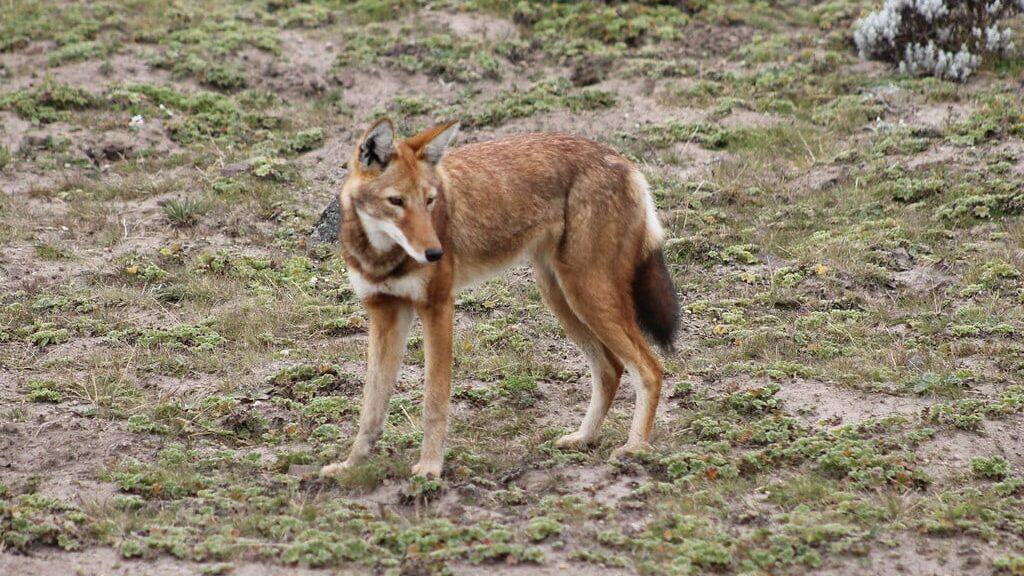
Wolf packs demonstrate remarkable loyalty through their attentive care for injured or ill packmates. When a wolf is injured, the pack often adjusts its traveling pace to accommodate the wounded member. Researchers have documented cases where packs bring food to injured wolves unable to participate in hunts, essentially sharing their precious resources to keep the injured member alive.
This care extends to elderly pack members as well. Unlike many species that abandon older individuals, wolf packs frequently continue to integrate aging members, allowing them to remain with the family even when they can no longer contribute significantly to hunting efforts. This compassionate behavior represents a significant investment of resources that can only be explained by deep social bonds and loyalty that transcends immediate survival calculations.
8. Communal Pup-Rearing
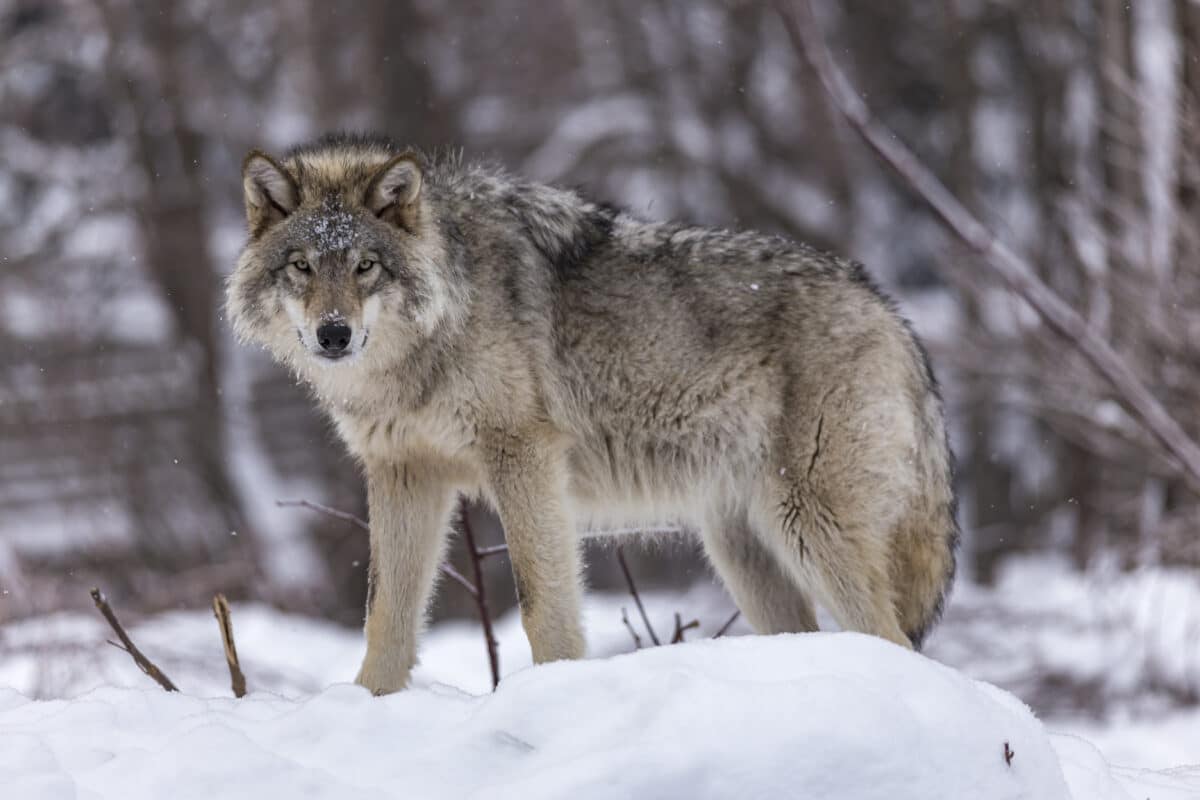
Wolf loyalty shines brilliantly in their approach to raising pups. While typically only the alpha pair breeds, all pack members participate in pup care. Non-breeding adults regurgitate food for hungry pups, play with them to develop their physical and social skills, and protect them fiercely from threats. This “alloparenting” (care provided by individuals other than the biological parents) represents a substantial investment of energy and resources from wolves that aren’t directly passing on their genes.
Some pack members even serve as “wolf babysitters,” remaining with pups at the den site while others hunt. This division of labor demonstrates how deeply ingrained loyalty is within wolf society. Young adult wolves often postpone their own breeding opportunities to help raise their younger siblings, showing remarkable family loyalty that helps ensure the pack’s overall success and stability across generations.
7. Mourning Behaviors

Perhaps one of the most poignant demonstrations of wolf loyalty comes in their response to the death of a packmate. Wolves have been observed exhibiting behaviors that strongly resemble mourning. They may become withdrawn, show reduced appetite, and howl mournfully near the location where a packmate died. Some researchers have documented wolves returning repeatedly to sites where packmates were killed, suggesting they experience something akin to grief.
In a particularly touching example documented in Yellowstone, when the famous alpha female known as “06” was killed by hunters, her mate howled for days near where she fell and became noticeably despondent, wandering alone for weeks before rejoining what remained of their pack. Such emotional responses indicate that wolf loyalty extends beyond utilitarian cooperation and reflects genuine emotional bonds that persist even after death.
6. Coordinated Hunting Strategies
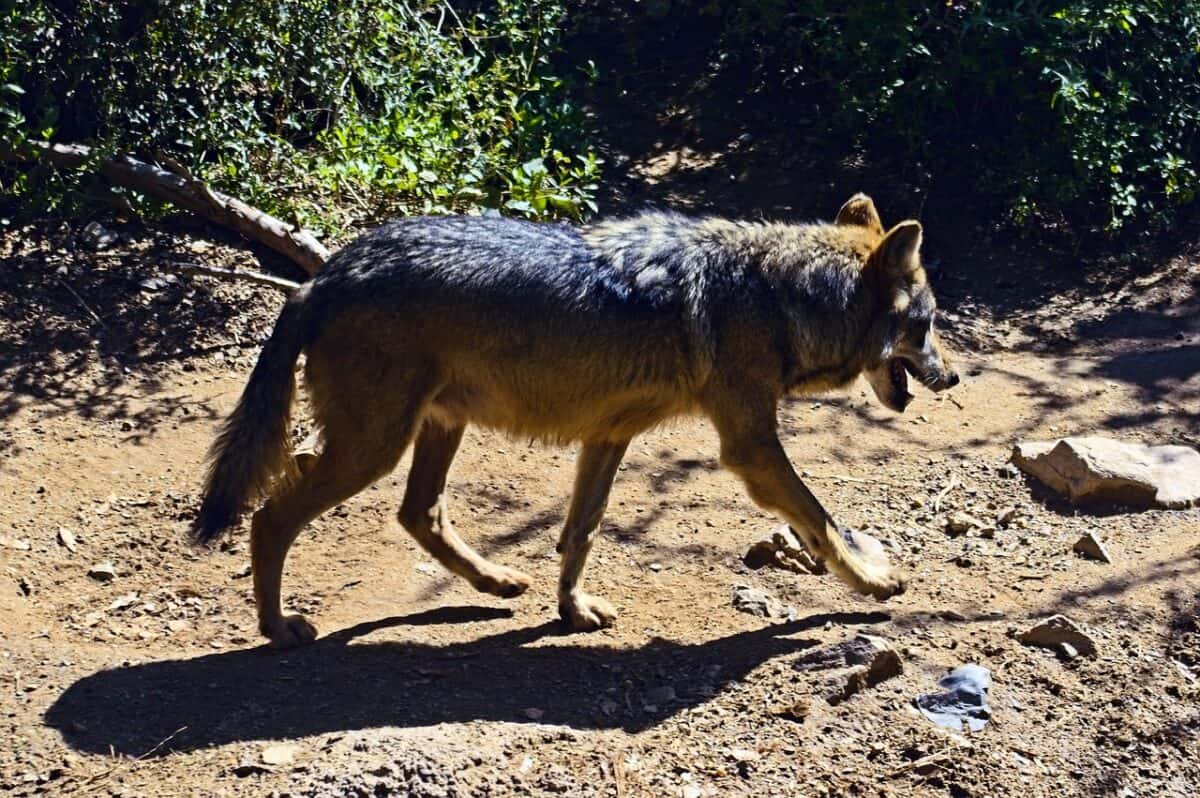
The way wolves hunt together demonstrates extraordinary loyalty and trust. Wolf hunting requires precise coordination, with each pack member playing a specific role. Some wolves serve as ambushers, others as chasers, and still others position themselves to intercept fleeing prey. This division of labor requires wolves to trust that each member will perform their assigned role faithfully, often putting themselves at considerable risk in the process.
Particularly impressive is how wolves will rotate the most dangerous positions during challenging hunts. When taking down large prey like bison or moose, wolves must approach dangerously powerful hooves and antlers. Studies have shown that pack members take turns in these high-risk positions, sharing the danger rather than forcing the same individuals to consistently face the greatest threat. This rotation system demonstrates a remarkable fairness and mutual loyalty that helps maintain pack cohesion.
5. Territorial Defense as a Unit

When defending their territory against rival packs or other threats, wolves display remarkable loyalty by standing together against outsiders. Even when outnumbered, pack members rarely abandon each other during territorial conflicts. Researchers studying wolf packs in Minnesota and Yellowstone have observed smaller packs holding their ground against larger groups when defending their territory, suggesting that pack loyalty overrides individual self-preservation instincts in these critical moments.
Wolves will also risk injury or death to protect packmates during territorial disputes. Alpha wolves often place themselves between attackers and more vulnerable pack members, absorbing the brunt of any aggression. This willingness to potentially sacrifice oneself for the good of the pack represents one of the purest expressions of loyalty in the natural world and helps explain how wolf packs maintain cohesion in the face of external threats.
4. Food Sharing Behaviors
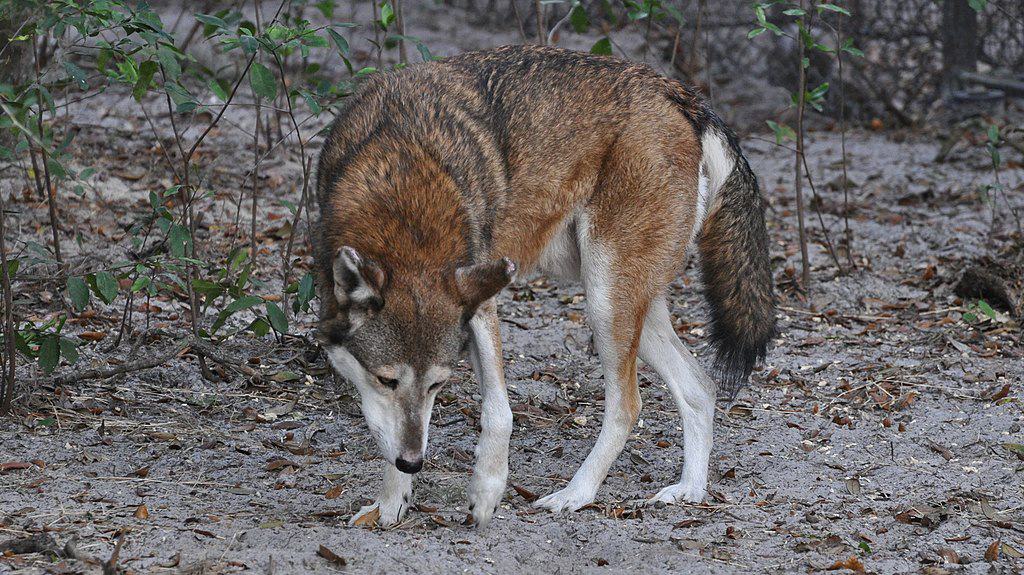
Despite their reputation as fierce predators, wolves display remarkable generosity and loyalty when it comes to sharing food. After a successful hunt, the entire pack feeds, with certain protocols observed but without the excessive aggression or exclusion that might be expected. Even lower-ranking wolves are typically permitted to feed, though they may wait for higher-ranking members to eat first. This sharing ensures the survival of the entire pack through lean times.
Most significantly, wolves that participated in a hunt will carry food back to pack members who remained at the den site with pups. They do this by gorging themselves, then regurgitating partially digested meat for pups and guardians. This willingness to literally give up food from one’s own stomach to nourish packmates represents an extraordinary level of loyalty and self-sacrifice that underpins wolf society and ensures its continuation through generations.
3. Unwavering Search Efforts
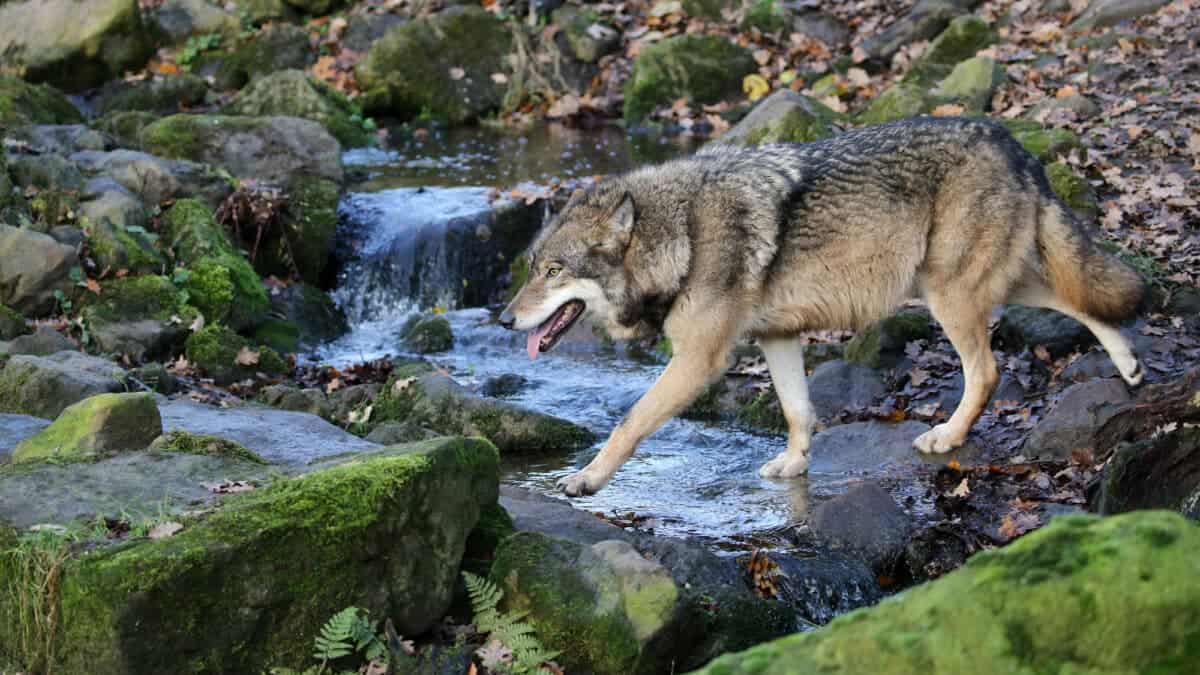
When pack members become separated, wolves go to extraordinary lengths to find and reunite with them. They use their powerful howls—which can carry for miles across open terrain—to help locate missing packmates. Researchers tracking GPS-collared wolves have documented individuals traveling miles out of their way, often at significant personal risk, to locate separated pack members after storms or other disruptive events.
In one remarkable case studied in Denali National Park, a pack traveled over 20 miles back to find a yearling wolf that had become separated during a territorial dispute. Rather than abandoning the young wolf, the pack spent days searching and eventually reunited with it. This dedication to maintaining pack integrity demonstrates how deeply ingrained loyalty behaviors are in wolf psychology and social structures.
2. Playful Reinforcement of Bonds

Adult wolves maintain loyalty through regular play sessions that strengthen social bonds throughout their lives. Unlike many mammals that play primarily as juveniles, wolves continue playful interactions well into adulthood. These play sessions involve mutual trust, as wolves willingly put themselves in vulnerable positions during play-wrestling and chase games. They carefully regulate their bite strength and body language to ensure play remains non-threatening.
These interactions serve multiple purposes beyond mere recreation. Play reinforces social bonds, reduces tension within the pack, and helps maintain the intricate web of relationships that keeps the pack functioning as a cohesive unit. The willingness to engage in vulnerability-requiring play demonstrates a level of trust and loyalty that’s essential to pack harmony and represents one of the more joyful expressions of wolf loyalty.
1. Vocal Communication and Group Howling

Perhaps the most iconic demonstration of wolf loyalty is their group howling behavior. When wolves howl together, they don’t produce identical sounds—instead, each wolf howls at a slightly different pitch, creating a chorus effect that makes the pack sound larger than it actually is. This cooperative vocalization helps announce territorial boundaries to rival packs and helps separated members locate the group.
Beyond its practical function, group howling serves as a powerful bonding ritual that reinforces pack identity and solidarity. Researchers have noted increased howling activity after successful hunts and during times when the pack is gathered together, suggesting it serves as a celebration of pack unity. The synchronization of this behavior requires coordination and participation from all members, making it both a demonstration and reinforcement of the loyalty that defines wolf pack dynamics.
Signs of Betrayal in Wolf Packs
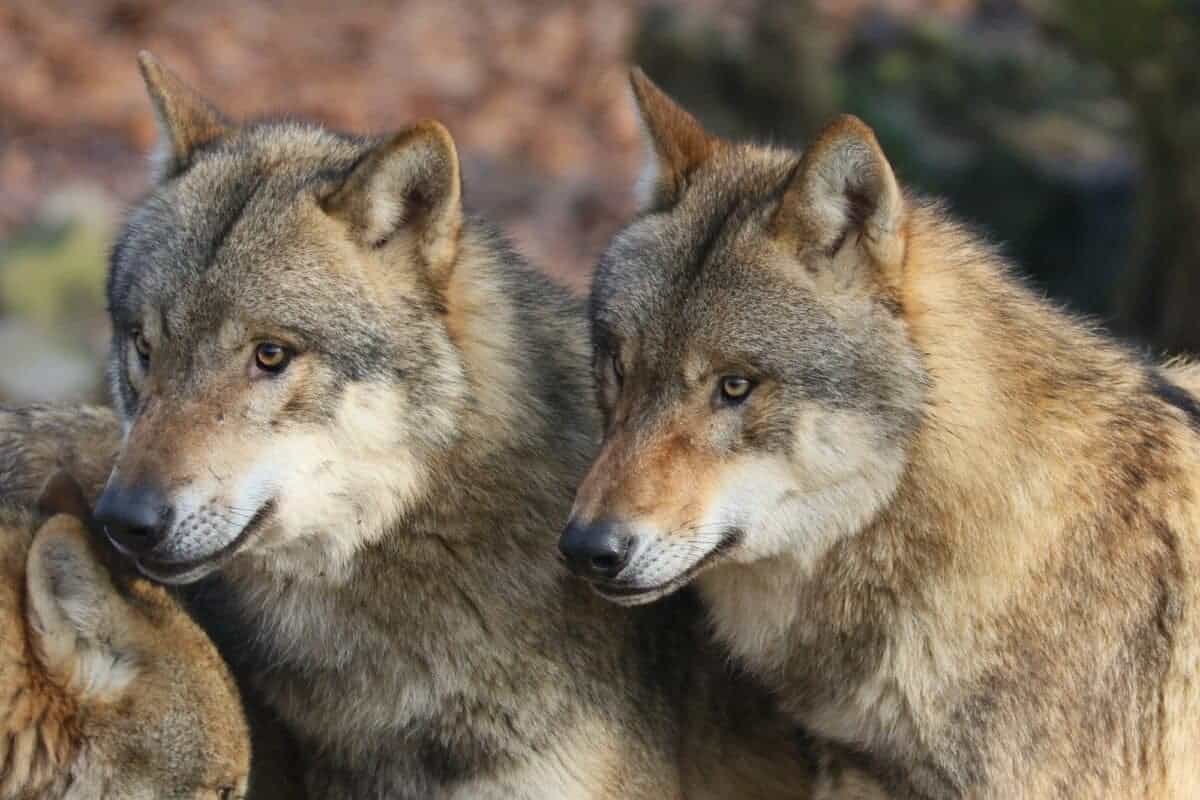
While loyalty is the foundation of wolf society, packs occasionally experience behaviors that could be interpreted as betrayal. Understanding these exceptions provides insight into the boundaries of wolf social structures and the circumstances under which pack bonds may fracture. Unlike the steady loyalty behaviors, these “betrayals” typically occur during times of extreme stress or significant life transitions.
4. Resource Hoarding During Scarcity

During periods of extreme food scarcity, the normally cooperative food-sharing behavior of wolves can break down. In particularly harsh winters with limited prey, higher-ranking wolves may prevent lower-ranking members from accessing kills. This departure from normal sharing behaviors represents a form of betrayal of the pack’s usual cooperative principles. Wildlife biologists studying wolf packs in northern Minnesota documented cases where subordinate wolves were excluded from feeding sites during a particularly harsh winter, leading to malnutrition and, in some cases, death.
This breakdown of food-sharing norms typically occurs only in dire circumstances when the survival of the breeding pair (who ensure the pack’s genetic continuation) takes precedence over the welfare of non-breeding members. While pragmatic from an evolutionary perspective, this shift represents a significant breach of the pack’s usual loyal behavior patterns and can permanently alter pack dynamics or even lead to pack fragmentation.
3. Opportunistic Mating Outside the Pair Bond

While wolves generally maintain monogamous relationships, genetic studies have revealed occasional instances of breeding outside the established pair bond. Research from Yellowstone National Park has documented cases where alpha females mated with males from neighboring packs or where subordinate wolves bred despite the presence of dominant breeding pairs. These extraterritorial breeding events, while rare, represent significant departures from the pack’s normal social structure.
Such “infidelity” typically occurs during territorial overlaps or temporary separations and can create significant tension within the pack upon reunion. Wolves have keen senses and can detect when such breeding events have occurred, sometimes leading to aggressive responses from the betrayed partner. In some documented cases, these events have triggered pack divisions or the expulsion of certain members, demonstrating how seriously wolves take violations of their social and mating norms.
2. Pack Abandonment
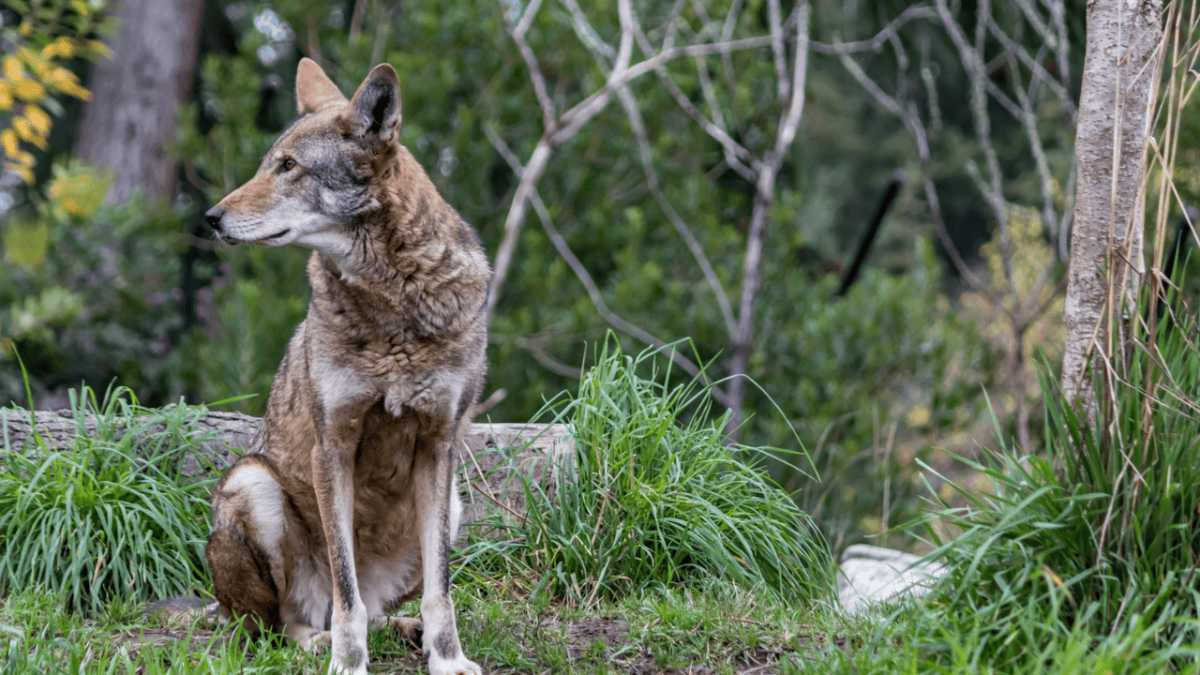
In certain circumstances, wolves may abandon their packs entirely—a profound form of betrayal in a species so dependent on group cooperation. Young adults typically leave their birth packs eventually to establish their own families, which represents a natural transition rather than betrayal. However, sudden abandonment of dependents or vulnerable packmates is considered unusual and potentially injurious to the abandoned wolves.
Researchers have documented rare cases where adult wolves abandoned pups or injured packmates during times of extreme resource scarcity or threat. In one notable case from Isle Royale National Park, an alpha female abandoned her mate and young after he sustained a severe leg injury, effectively leaving him and their offspring without support. Such abandonments, while exceptional, demonstrate the limits of wolf loyalty when individual survival is severely threatened.
1. Intrapack Aggression and Overthrow Attempts

Perhaps the most dramatic form of wolf “betrayal” occurs when pack members turn against established leaders. While routine dominance displays and minor conflicts are normal parts of pack dynamics, serious challenges to leadership that involve severe aggression represent significant breaches of pack loyalty. These events typically involve maturing offspring challenging aging parents or coalitions of subordinate wolves attempting to overthrow established alphas.
Such overthrow attempts can be violent and result in serious injuries or even death. Wolf researcher Rick McIntyre documented a case in Yellowstone where a coalition of younger wolves launched a coordinated attack against an aging alpha, resulting in fatal injuries. These events, while rare, typically occur during times of resource stress or when the leadership of aging wolves begins to falter. The resulting pack restructuring can lead to significant changes in territory use, hunting patterns, and overall pack dynamics.
Conclusion: Understanding Wolf Loyalty in Context

Wolf loyalty represents one of nature’s most compelling social adaptations, creating family bonds that enable these predators to survive in some of Earth’s harshest environments. The ten loyalty behaviors described—from lifelong pair bonding to collective care of vulnerable members—demonstrate how wolves have evolved cooperative strategies that benefit both individuals and the pack as a whole. Their loyalty isn’t simply altruistic; it’s a sophisticated survival strategy refined over thousands of generations.
The exceptions to this loyalty—the four “betrayal” behaviors—remind us that wolf social structures remain flexible and responsive to environmental pressures. These departures from typical loyalty aren’t simply moral failings but adaptive responses to extreme circumstances. Understanding both the rule and the exceptions provides a more complete picture of wolf society and helps explain how these remarkable animals have survived alongside humans despite centuries of persecution.
By studying wolf loyalty, we gain insights not just into canid behavior but into the evolution of cooperation in social species more broadly. The remarkable parallels between wolf pack dynamics and human family structures suggest that certain aspects of loyalty and group cohesion may be fundamental to the success of social species. As we continue to learn more about these magnificent predators, their complex social lives remind us that loyalty, trust, and cooperation are not uniquely human traits but powerful adaptive strategies shared across species.
Perhaps most importantly, understanding wolf loyalty helps dismantle the “big bad wolf” stereotype that has contributed to their persecution throughout history. By recognizing wolves as loyal family members capable of care, sacrifice, and emotional attachment, we may find greater motivation to ensure their continued survival in the wild landscapes they help maintain and balance.
- 15 Strongest Animals by Body Size - August 19, 2025
- 6 Ways Bald Eagles Defend Their Territory And 3 That Fail - August 19, 2025
- 11 Dog Behaviors That Annoy Even the Most Patient Owners - August 19, 2025

